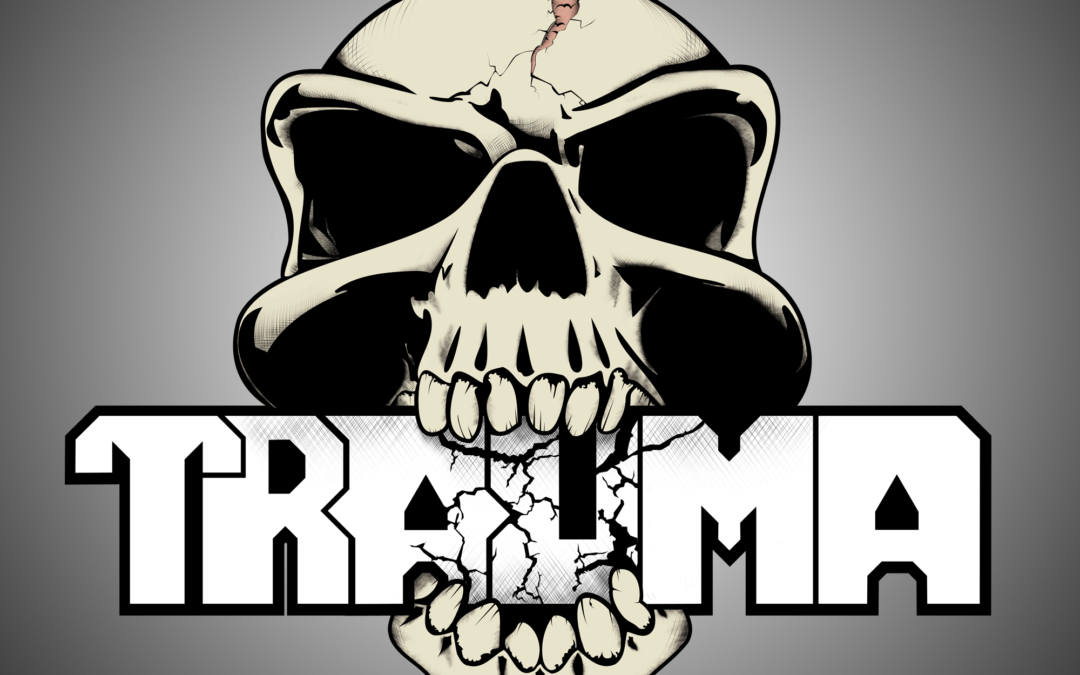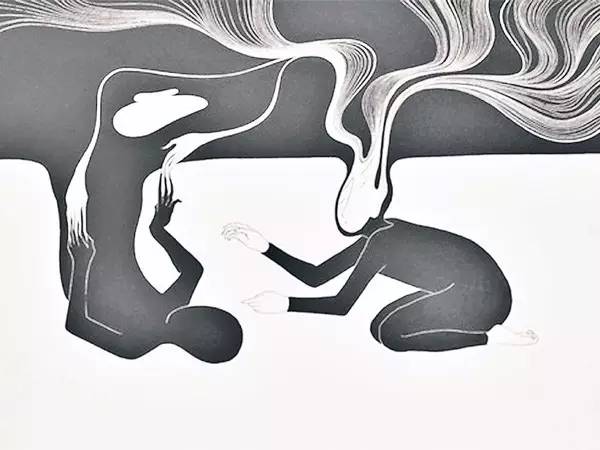by yumintanlive | Sep 26, 2019 | Psychology & Mental Health
Brain structure building is a continuous and complex process, which began before we were born. During the first few years of our lives, billions of neurons transmit and exchange electric signals to form different circuits and connections. Our experience and environment will also affect the development of our circuits and connections.
Today I want to talk about our brain structure and the famous “Amygdala”, it is the alarm that triggers the “Fight and flight” response.

by yumintanlive | Aug 28, 2019 | Psychology & Mental Health
What Is Trauma?
Bessel van der Kolk, a US psychiatrist, defines trauma as an experience or disaster that leaves people in a state of helplessness and terror, thereby losing the ability to deal with the problems, threats and disasters in everyday life. Traumatic incidents can cause profound and lasting changes in our physiology, emotions, cognition and memory, as well as cutting off the connections between these four components.
Trauma can be classified as one-off trauma or continuous and repetitive trauma. One-off traumas include serious accidents (car accidents, robbery etc.), natural or man-made disasters (earthquakes, tsunamis etc.), terrorist attacks etc. Continuous and repetitive traumas include long-term sexual abuse, physical abuse (physical violence), emotional abuse (verbal abuse and control), serious illnesses, wars etc. Both one-off traumas as well as continuous and repetitive traumas can cause serious psychological and physical harm for the survivors and witnesses of traumatic incidents.

What Is Post-Traumatic Stress Disorder (PTSD)?
Not all traumatic experiences will lead to trauma response or trauma-related illness or diagnoses.
After a trauma, people will become nervous, anxious and will even have nightmares. These are all normal reactions to traumatic incidents. Once they spend some time recovering and adjusting with the help from family and friends, the majority of people will be able to get on with their lives again. However, a small portion of people will develop psychological illnesses relating to the trauma and the most commonly seen illness is called post-traumatic stress disorder (PTSD).
The US Diagnostic and Statistical Manual of Mental Disorder (DSM-5) noted that the symptoms of PTSD include: (1) nightmares and intrusive memories where sufferers will experience flashbacks of the traumatic incident again (2) avoiding people, incidents, objects, places and scenes that are related to the traumatic incident (3) pessimistic thoughts and feelings eg. not trusting people around them, not showing interest in things that happen around them, blaming themselves etc. (4) excessive arousal and reactivity eg. being impatient, aggressive, impulsive, overly alert, finding it difficult to focus etc. Sufferers can only be diagnosed as having PTSD if such symptoms persist for at least one month.

How Trauma Can Cause A “Short Circuit” In Our Brain
According to Joseph LeDoux, a neurologist who conducted research on how our brain processes emotions, our brain has two systems which process our emotions, namely high road and low road. These emotion-processing systems are especially important to our ability to survive.
As an external danger signal enters our brain, it will enter the low road first. The low road has a tissue called amygdala which will cause our body to become more tense and alert so that we are ready to make an emergency response. This is the renowned fight or flight response mechanism. It is an unconscious channel and doesn’t contain any contextual messages. It is very quick but lacks details.
Then the danger signal will enter the high road – cortex (sensory cortex, frontal lobe and temporal lobe storage system). The main function of the cortex is to assess and analyze danger signals, and then send this signal to the amygdala to confirm whether or not this danger signal will be a threat to us. If it won’t pose as a threat, the amygdala will send a signal to relax our body.
For example, when you are walking in a zoo one day, you suddenly notice a tiger walking towards you. Your body will instinctively enter into a very tense condition, you will start to sweat and your heart will begin to race (danger signal has reached the amygdala). As you are about to flee the scene, you suddenly realize that the tiger is locked up inside a cage (danger signal has reached the cortex). Once you realize there is nothing to be scared of, you let out a breath of relief, your body will relax and you will decide to keep walking around the zoo.
The difference between normal people and sufferers of PTSD is that when normal people receive a danger signal, after the signal enters the low road, it will be able to enter the high road so that an assessment can be made as to whether or not it is dangerous, then our body can respond accordingly. But as for sufferers of PTSD, the danger signal will get stuck in the low road and won’t be able to enter the high road where it will be assessed. So their body will always remain in an emergency response condition eg. increasing heart rate, breathing difficulty, anxiety, paralyses etc.
In our previous example, if you have been chased by a tiger before and almost lost your life (traumatic incident) and you haven’t recovered from that incident, when you see a tiger at the zoo again, it is very likely that you will immediately become paralyzed. Your mind will become a total blank (the cortex is unable to rationally analyze the danger signal), so you won’t be able to calm yourself down. The false threat will become a real threat to you.

For sufferers of PTSD, survival is their core aim. Everything in life can trigger memories of their trauma eg. hearing the song that was being played when the car accident happened, a similar smell as that of the clothes of your perpetrator, having a nightmare that is related to your trauma etc. This can cause the victims to lose control and feel that they have gone back to the scene of their trauma because their danger signal is stuck in the low road again.
Trauma will also seriously affect the internal order of the brainstem. Brainstem, also known as the survival brain, is responsible for controlling our breathing, heartbeat, blood pressure etc. It plays a vital role in keeping us alive. Brainstem also controls our body’s instinctive automatic survival function. In order to effectively perform high-level functions such as languages, social and emotional interactions, create inventions and innovations etc., the functional network which supports our basic needs must remain in good condition. However, trauma can disrupt the internal order of our brainstem, thereby making people feel anxious, impulsive and disoriented. It will then be very difficult for people to develop social skills, improve self-esteem, participate in creative and innovative training programs and thereby benefit from such activities.
References:
American Psychiatric Association (2010).DSM-5
Brendtro, L. K. (2015). Our resilient brain: Nature’s most complex creation. Reclaiming Children & Youth, 24(2), 41-49.
MacKinnon, L.(2012). The neurosequential model of therapeutics: an interview with Bruce Perry. Australian & NewZealand Journal Of Family Therapy, 33(3), 210-218.
Perry, B. D. (2009). Examining child maltreatment through a neurodevelopmental lens: Clinical applications of the neurosequential model of therapeutics. Journal Of Loss & Trauma, 14(4), 240-255. Dealing with the Effects of Trauma-A Self-Help Guide SAMHSA http://www.samhsa.gov
Saxe, G. N., Ellis, B. H., & Kaplow, J. B. (2007). Collaborative treatment of traumatized children and teens [electronic resource] : the trauma systems therapy approach /
Glenn N. Saxe, B. Heidi Ellis, Julie B. Kaplow. New York : Guilford Press, [2007].
Van der Kolk, B. A. (2014). The body keeps the score : brain, mind, and body in the healing of trauma. New York : Viking, [2014].




